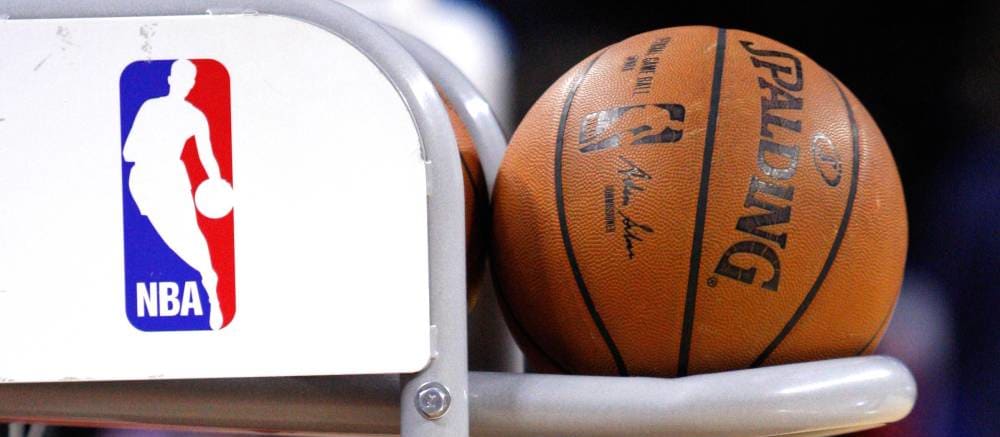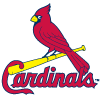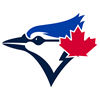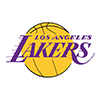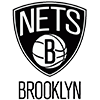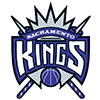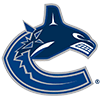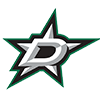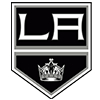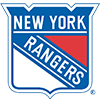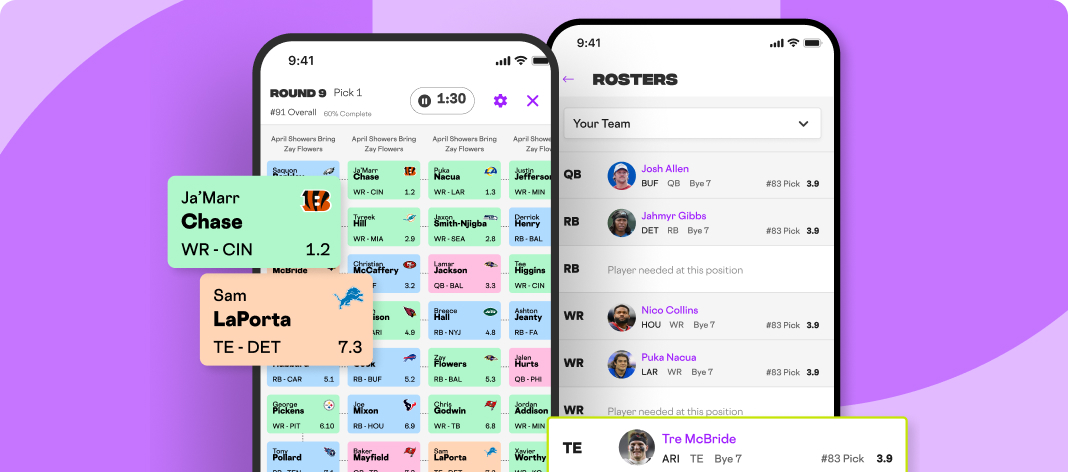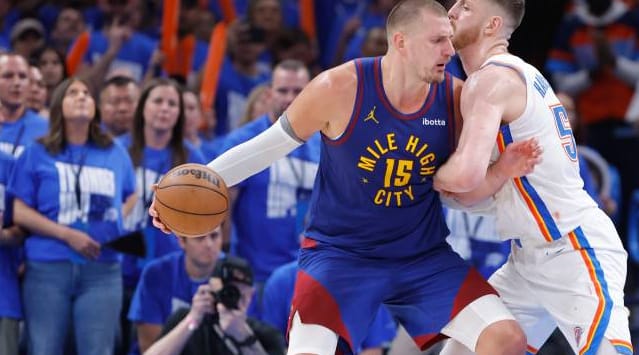Nothing is more important than the moves you make during your NBA fantasy draft. But your job doesn't end there. Continuously evaluating players and identifying who will outperform expectations is critical to fantasy basketball success. Monitoring rest-of-season (ROS) rankings can make a major difference in improving your team through trades, waiver wire pickups, and lineup optimization.
Once you've used the tools in RotoWire's fantasy basketball draft kit to select your initial roster, you must stay vigilant about which players are performing well and who is poised to rise through the rest-of-season rankings. Managers who do this consistently come out on top more often than not. Here's why it matters.
What Are Rest of Season Rankings in Fantasy Basketball?
Rest-of-season rankings in fantasy basketball are exactly what they sound like: players ranked based on their projected performance from the current moment until season's end. Think of them as a dynamic NBA fantasy draft cheat sheet, except the players are either on your roster, available via trade or sitting on the waiver wire.
Unlike static NBA projections (which remain valuable for context), ROS rankings account for evolving circumstances. They combine quantitative predictions with qualitative analysis based on how the season has unfolded for each player and team, plus what the short-term and long-term outlook suggests. RotoWire updates these rankings continuously, giving fantasy basketball managers an up-to-date perspective on player value moving forward.
How to Use ROS Rankings for Waivers, Trades & Lineups
Like fantasy basketball rankings in the pre-draft process, ROS rankings should be interpreted with context. Smart managers understand their team's strengths and identify areas where they want to either capitalize on advantages or address weaknesses. A player ranked lower than another on the ROS list isn't necessarily a poor fit for your roster. Category needs, league settings and positional scarcity all factor into how you should evaluate these rankings.
ROS rankings become most valuable once you've identified your team's strengths and areas needing improvement. From there, they help you pinpoint trade targets, prioritize waiver wire additions and optimize your starting lineup. The contextual element is crucial — RotoWire's rankings incorporate real-time changes to NBA starting lineups and updates from the NBA injury report to help guide your decision-making. This dynamic approach sets them apart from static projections or fantasy basketball auction values determined before the season.
Best Fantasy Basketball Rest of Season Rankings to Follow
RotoWire's expert team updates its rest-of-season rankings frequently, ensuring managers always know where players stand moving forward. While you should always consider your team's specific strengths and improvement areas, these rankings prove invaluable for evaluating trades and waiver wire decisions. They also serve as an excellent tool for comparing against a player's NBA fantasy ADP, revealing whether perceptions and projections have shifted since draft day and whether a player is trending upward or downward.
RotoWire's experts provide additional context through weekly columns analyzing why certain players rank where they do. These resources give you everything needed to monitor your roster, track opponents' teams, and evaluate waiver wire opportunities. Checking rest-of-season rankings regularly makes a substantial difference as the season progresses.
Why Rest-of-Season Rankings Matter
Rest-of-season rankings help you maintain awareness of player status and performance expectations throughout the year. Staying current on all players enables better lineup decisions, sharper trade target identification, and smarter waiver wire pickups. Managers who subscribe to RotoWire gain access to industry-leading rest-of-season rankings along with expert analysis on players to target or avoid as the season unfolds.


